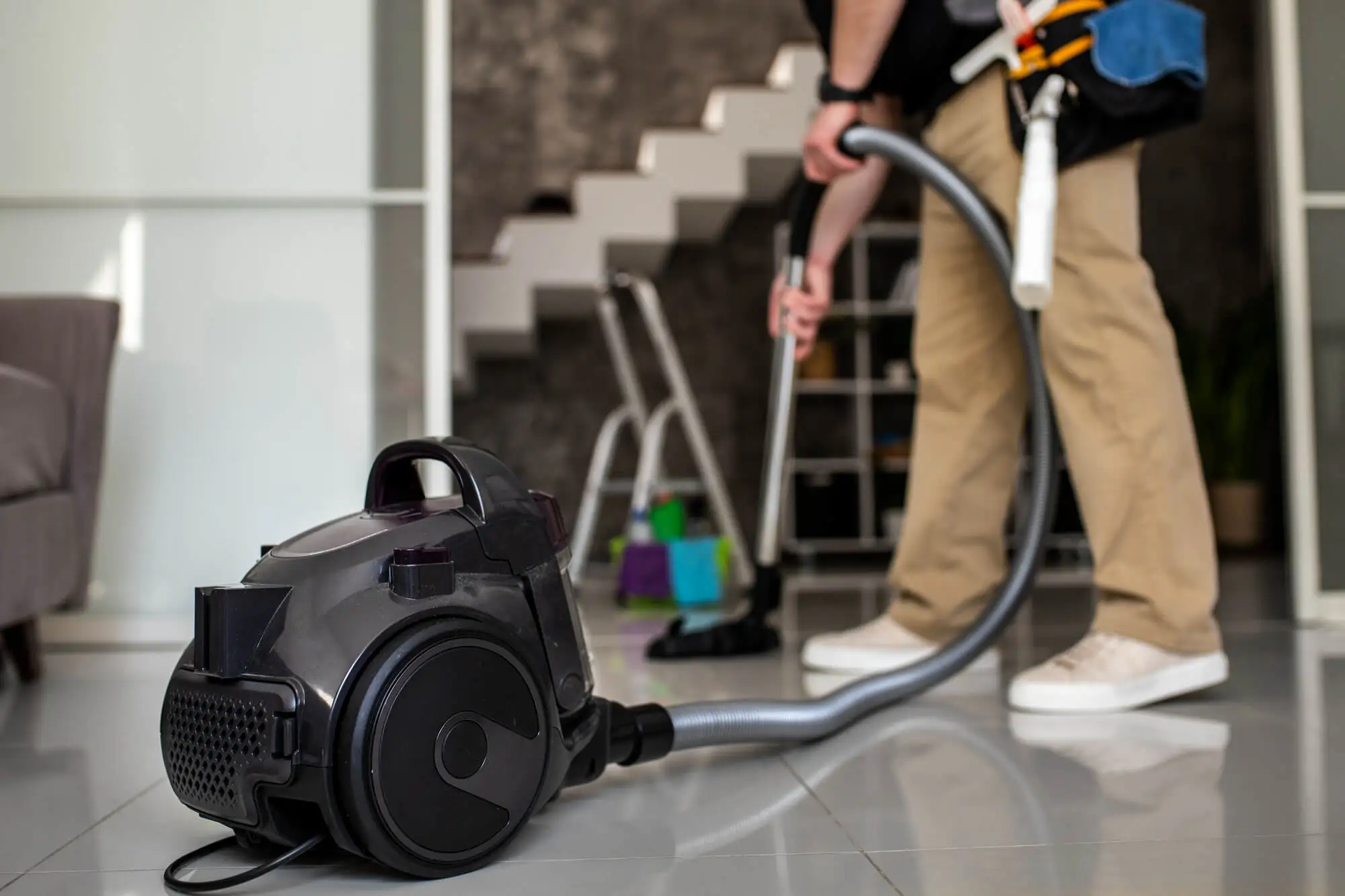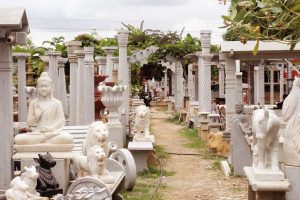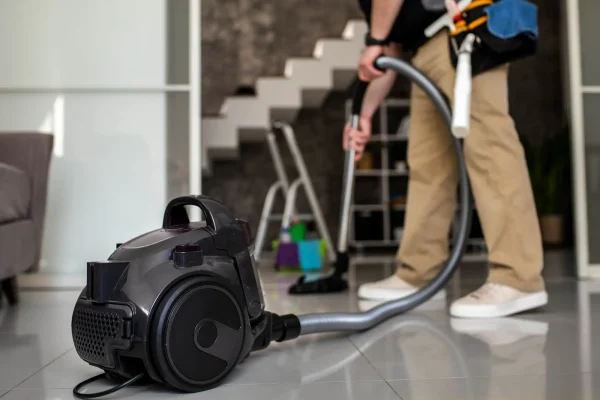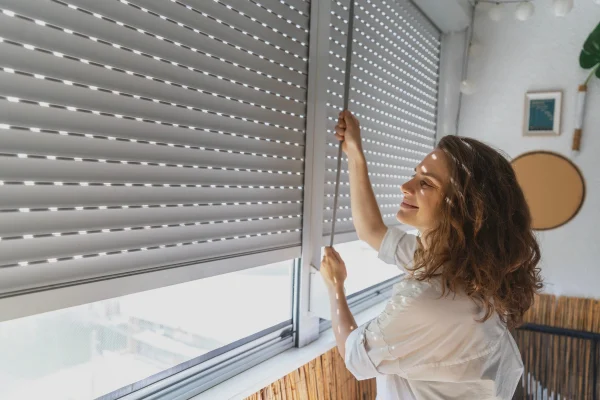The Morning After
Post-renovation cleaning services Singapore are what stand between your renovation dreams and the harsh reality of what construction actually leaves behind. I have walked through enough newly renovated HDB flats, condominiums, and landed properties to know this: the contractors pack up their tools, shake your hand, and leave you standing in what looks like a construction site dressed up as a home. The dust is everywhere. Not just on surfaces you can see, but in places you will discover weeks later when you are trying to figure out why your throat feels scratchy and your new air conditioner is making strange sounds.
What the Dust Actually Means
I met a cleaner once, a woman named Mary from the Philippines who has been doing post-renovation work in Singapore for fifteen years. She showed me what most people miss. The fine white powder coating everything is not just dust. It is concrete particles, paint residue, wood shavings ground so fine they float in the air like smoke, metal filings from drilling, chemical compounds from adhesives and sealants.
This is what post-renovation cleaning services in Singapore deal with daily:
- Cement and plaster dust embedded in grout lines and floor crevices
- Paint splatters on windows, floors, and fixtures that have dried hard as stone
- Adhesive residue from protective films and tapes
- Sawdust packed into cabinet corners and drawer tracks
- Chemical films on surfaces from construction materials
- Debris in air conditioning vents and electrical outlets
The Building and Construction Authority notes that “all construction sites must be kept clean and all debris properly disposed of to maintain site safety and hygiene.” But between regulatory language and reality, there exists a gap wide enough to drive a lorry through.
The People Who Do This Work
The crews who handle after renovation cleaning in Singapore are mostly foreign workers. Malaysians, Filipinos, Bangladeshis, Chinese nationals. They arrive early, often before seven in the morning, carrying industrial vacuum cleaners and mops and buckets of chemicals. I have watched them scrape paint off marble floors with razor blades, spending forty minutes on a single square metre. I have seen them on ladders reaching ceiling corners, wiping down light fixtures clogged with dust.
These workers know things homeowners do not. They know that different floor materials require different cleaning methods. They know which chemicals will remove grout haze from tiles without etching the surface.
The Equipment and the Knowledge
Your vacuum cleaner at home will die if you point it at post-renovation dust. The particles are too fine. They will clog the filter, overheat the motor, render the machine useless. Professional renovation cleaning services Singapore use industrial machines with HEPA filtration systems designed for construction sites, not living rooms.
The tools of this trade include:
- Industrial vacuum cleaners with cyclonic separation
- Rotating floor machines for polishing and scrubbing
- Extension poles for high dusting
- Specialised scrapers and blades for different surfaces
- Chemical cleaning agents matched to specific materials
- Microfibre cloths that capture rather than spread particles
The National Environment Agency emphasises that “proper cleaning methods and appropriate cleaning products must be used to ensure effective removal of construction residue while protecting indoor air quality.” What this means in practical terms: use the wrong chemical on your new quartz countertop and you have permanently damaged an expensive surface.
The Hidden Places
I remember walking through a Bishan condominium unit three weeks after the owners moved in following renovation. They had cleaned it themselves, they said. But the cleaner I was with pointed out dust accumulation they had missed: inside the air conditioning unit, in the tracks of the sliding doors, behind the kitchen appliances, in the ceiling fan housings, under the rim of the toilet bowl.
Construction dust travels. It finds its way into spaces you would not think possible. Inside closed cabinets. Between the oven and the counter. In the rubber seals of your refrigerator.
The Ministry of Manpower’s workplace safety guidelines state that “dust control measures must be implemented to protect workers from respiratory hazards.” Your home deserves the same consideration.
The Economics of Clean
Post-construction cleaning services in Singapore charge by the square foot or by the job. Some people balk at this. They think they can save money doing it themselves.
I have spoken to homeowners who tried the DIY route. They spent entire weekends scrubbing. They went through multiple household vacuum cleaners. They damaged surfaces by using the wrong methods. In the end, many called professionals anyway, having wasted time and money on the attempt.
What Clean Actually Looks Like
Clean is not just visual. Clean is breathing air that does not irritate your throat. Clean is running your hand along a surface and finding no grit. Clean is turning on your air conditioner and not having dust blow out of the vents. Clean is opening kitchen drawers without hearing the crunch of debris in the runners.
The Building and Construction Authority’s Green Mark scheme promotes “sustainable practices in building management including proper cleaning protocols.” This is not just environmental awareness. This is recognition that how we clean matters as much as what we clean.
The Final Reality
Your renovation is not finished when the contractors leave. It is finished when the space is truly habitable, when the last trace of construction has been erased, when you can walk barefoot across your new floor without worry. That is what professional post-renovation cleaning services Singapore provide: the bridge between construction chaos and liveable space.








